Oncology Massage by Kathy Flippin
Oncology massage is simply a massage in the context of someone going through cancer treatment. The most common cancer treatments are surgery, radiation and chemotherapy. Because these treatments often leave “injured areas” such as surgical incisions, radiation burns and general system fatigue, we have to know how to work with these conditions, to be able to give a good massage without hurting them. Studies have also shown that individuals that receive massage require less anti-nausea and pain reducing medication.
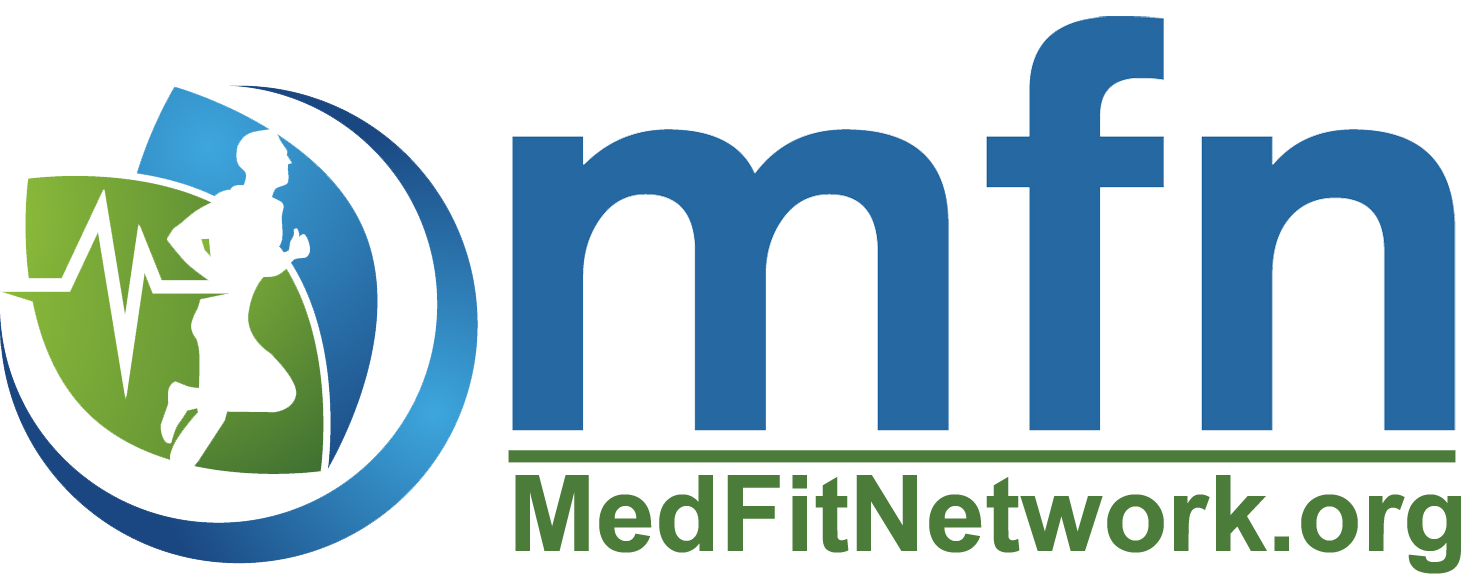
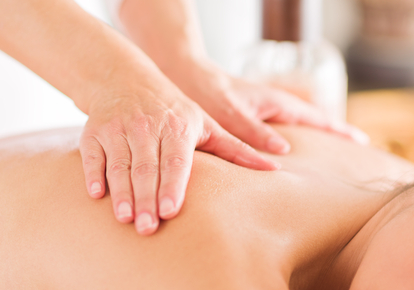
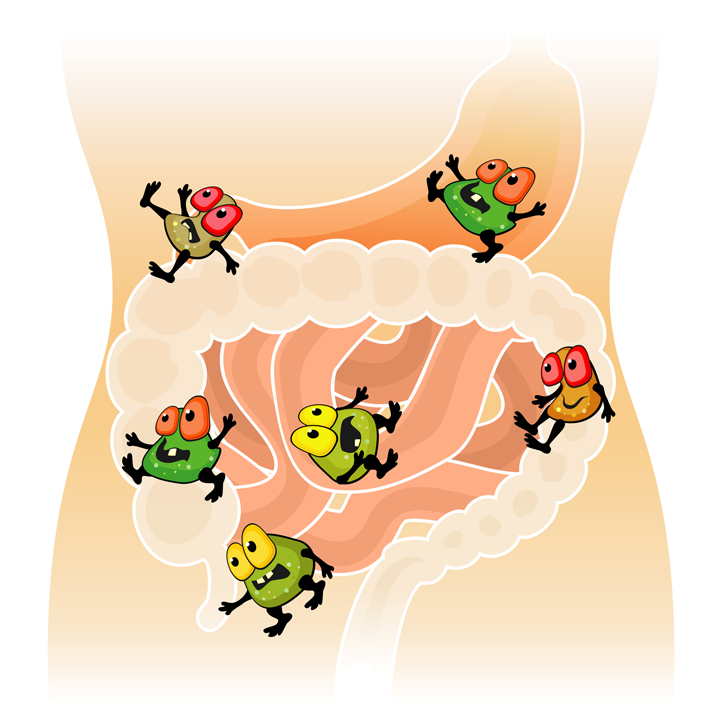

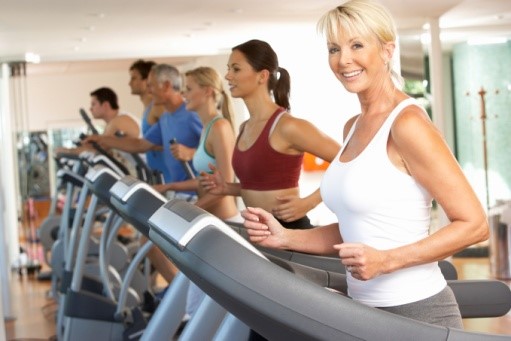
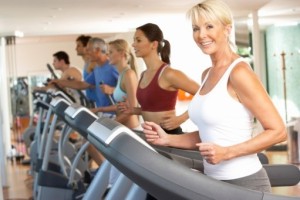
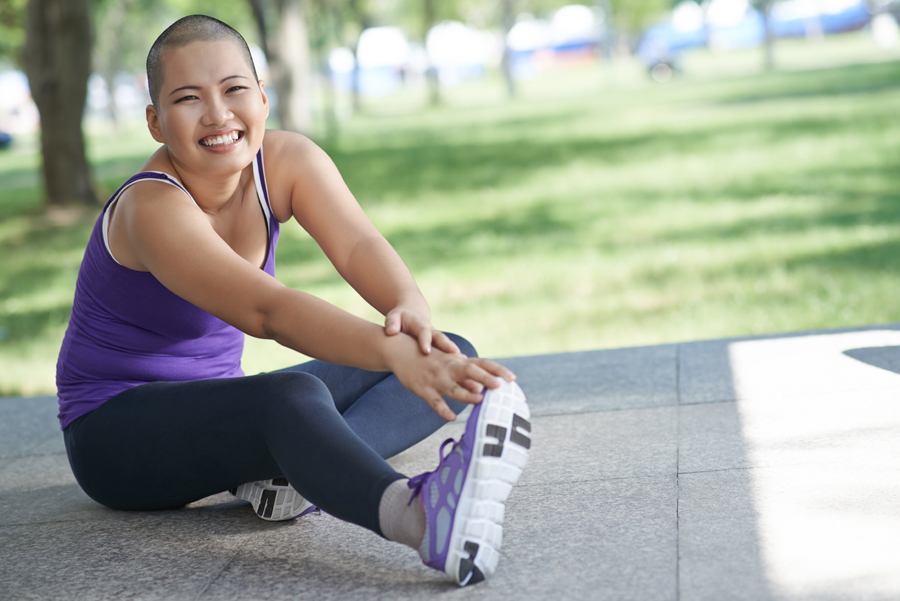
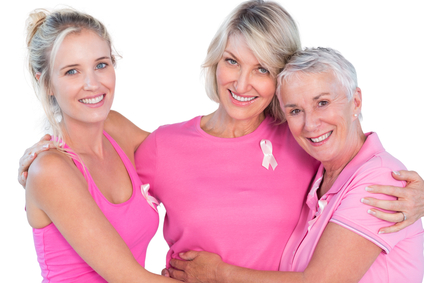
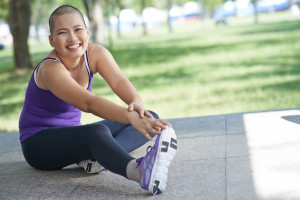 Progression of exercise should be gradual. A deconditioned person should start without using any weight and concentrate on proper technique. If 8-10 repetitions can not be executed, repetitions should be decreased or the weight lowered or resistance band used changed to less resistance. The exercise routines have to be adapted for the day-to-day changes that that can affect the ability to work out. Our program will start using a very light weight, with few repetitions, typically 10. In subsequent sessions, patients can add repetitions. After performing 2 sets of 10 repetitions with no problem then a small amount of weight may be added in 1 pound increments. We also alternate between a strength training exercises with a stretch for each muscle group and to alternate an upper body and lower body exercises. Pilates exercises are great way to incorporate deep breathing with strengthening the core. The deep breathing helps to pump lymphatic fluid and will also help reduce stress.
Progression of exercise should be gradual. A deconditioned person should start without using any weight and concentrate on proper technique. If 8-10 repetitions can not be executed, repetitions should be decreased or the weight lowered or resistance band used changed to less resistance. The exercise routines have to be adapted for the day-to-day changes that that can affect the ability to work out. Our program will start using a very light weight, with few repetitions, typically 10. In subsequent sessions, patients can add repetitions. After performing 2 sets of 10 repetitions with no problem then a small amount of weight may be added in 1 pound increments. We also alternate between a strength training exercises with a stretch for each muscle group and to alternate an upper body and lower body exercises. Pilates exercises are great way to incorporate deep breathing with strengthening the core. The deep breathing helps to pump lymphatic fluid and will also help reduce stress.
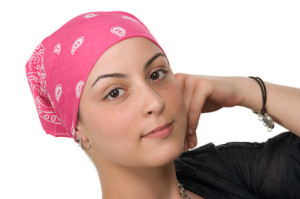 Approximately 15.5 million Americans in the United States are cancer survivors. By 2026 that number is expected to reach 20 million. Anyone who has been diagnosed with cancer, from the time of diagnosis through the rest of his or her life is considered a cancer survivor. And while not all cancer survivors are older adults, many are simply because of the cumulative effect of years of lifestyle issues that are risk factors for their disease. Survivors less than or equal to 19 years old comprise 1% of the cancer survivor population, 6% of survivors are aged 20–39 years, 33% are aged 40–64 years and 60% (more than half) are aged greater than or equal to 65 years.
Approximately 15.5 million Americans in the United States are cancer survivors. By 2026 that number is expected to reach 20 million. Anyone who has been diagnosed with cancer, from the time of diagnosis through the rest of his or her life is considered a cancer survivor. And while not all cancer survivors are older adults, many are simply because of the cumulative effect of years of lifestyle issues that are risk factors for their disease. Survivors less than or equal to 19 years old comprise 1% of the cancer survivor population, 6% of survivors are aged 20–39 years, 33% are aged 40–64 years and 60% (more than half) are aged greater than or equal to 65 years. In general, physical activity is likely to be beneficial for most cancer survivors. Recommendations on the type, frequency, duration and intensity of exercise should be individualized to the survivor’s age, previous fitness activities, type of cancer, stage of treatment, type of therapy, and comorbid conditions.
In general, physical activity is likely to be beneficial for most cancer survivors. Recommendations on the type, frequency, duration and intensity of exercise should be individualized to the survivor’s age, previous fitness activities, type of cancer, stage of treatment, type of therapy, and comorbid conditions.

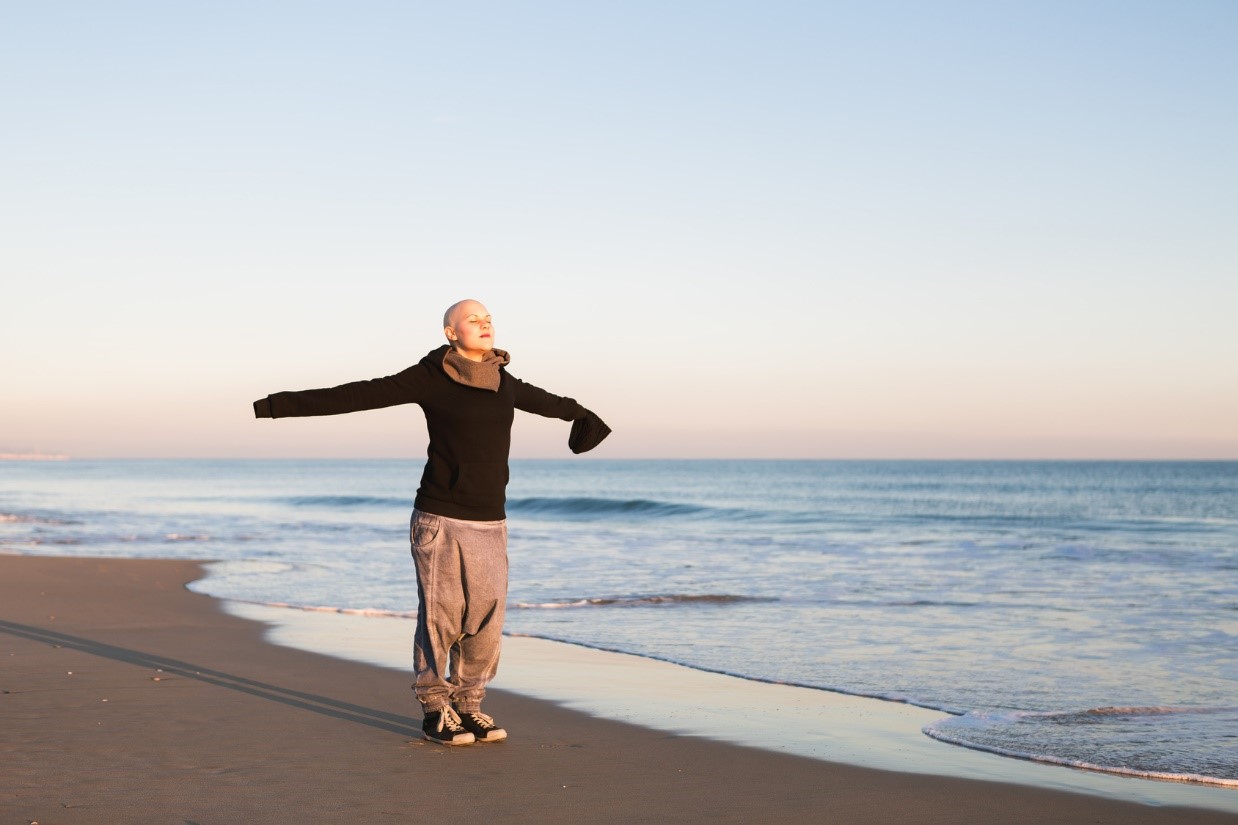
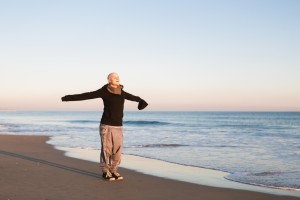 We all consider the undesirable aspects associated with cancer and think to ourselves how lucky we are not to have that added stress in our life. But what about those who are diagnosed with cancer?
We all consider the undesirable aspects associated with cancer and think to ourselves how lucky we are not to have that added stress in our life. But what about those who are diagnosed with cancer?
